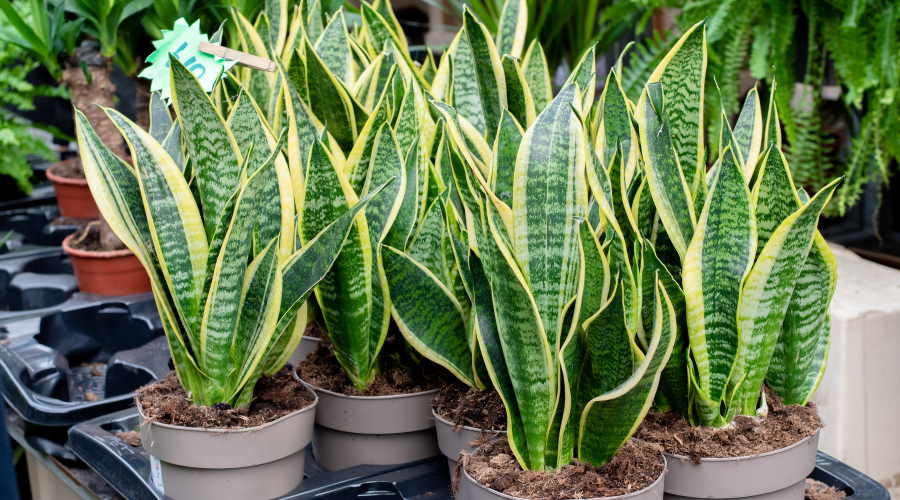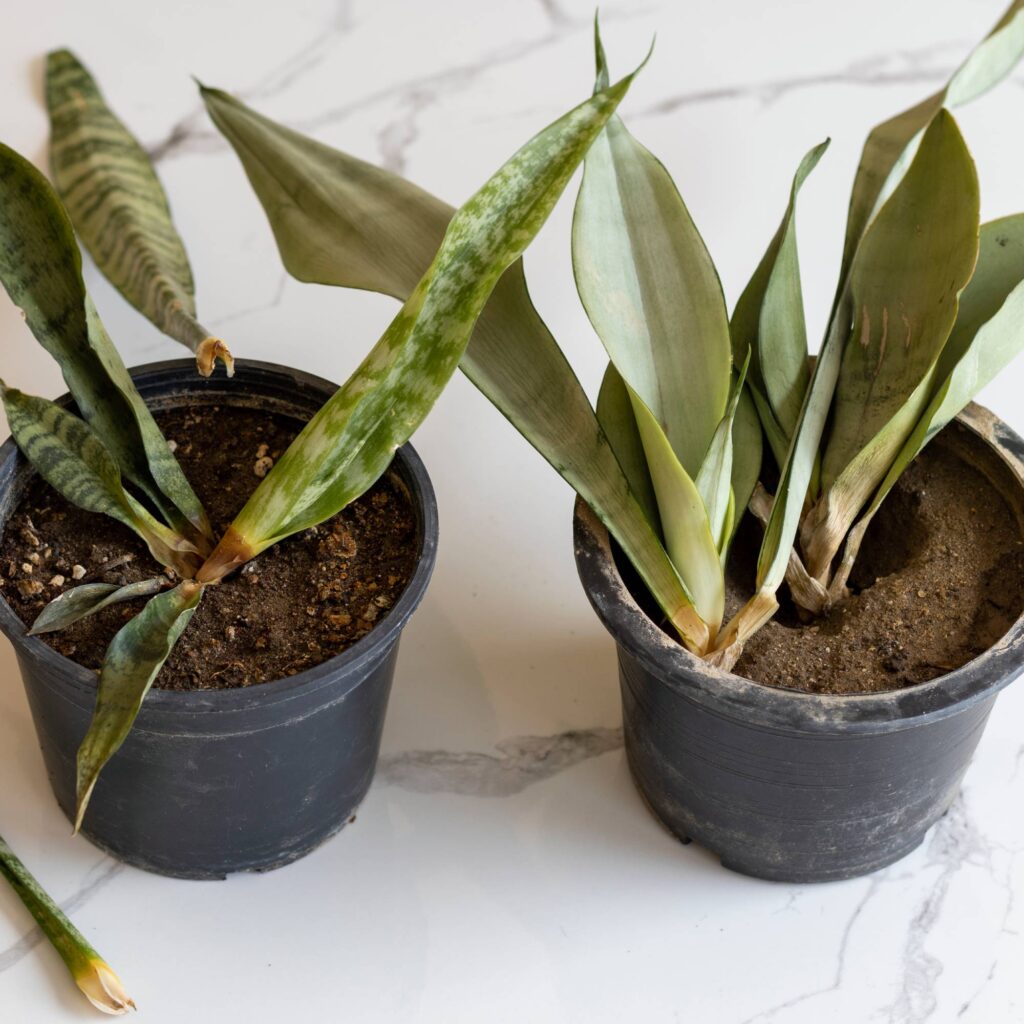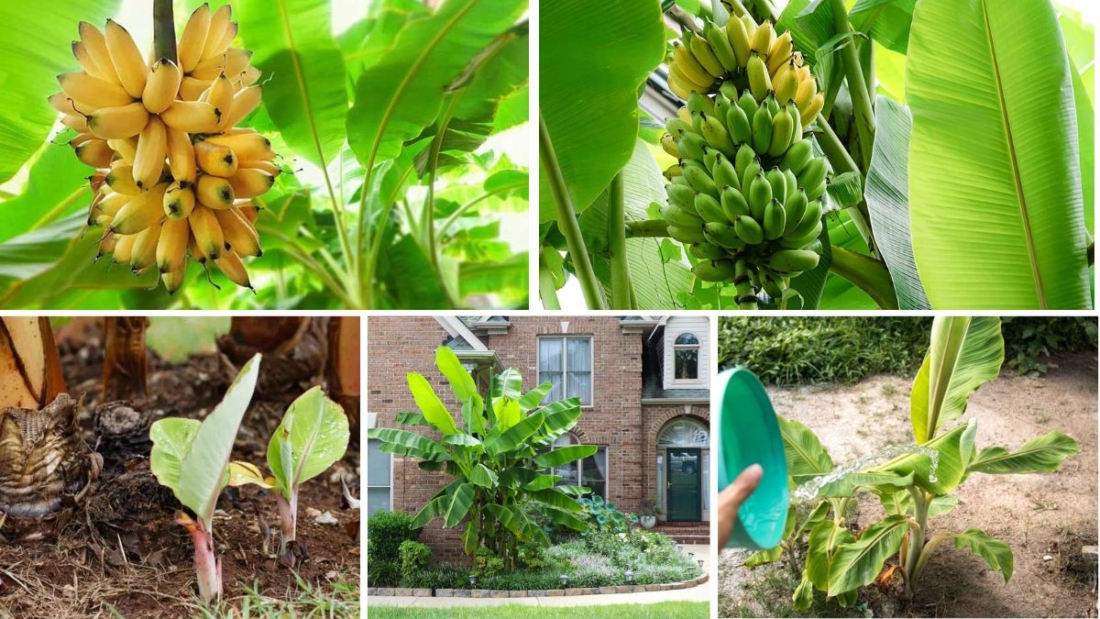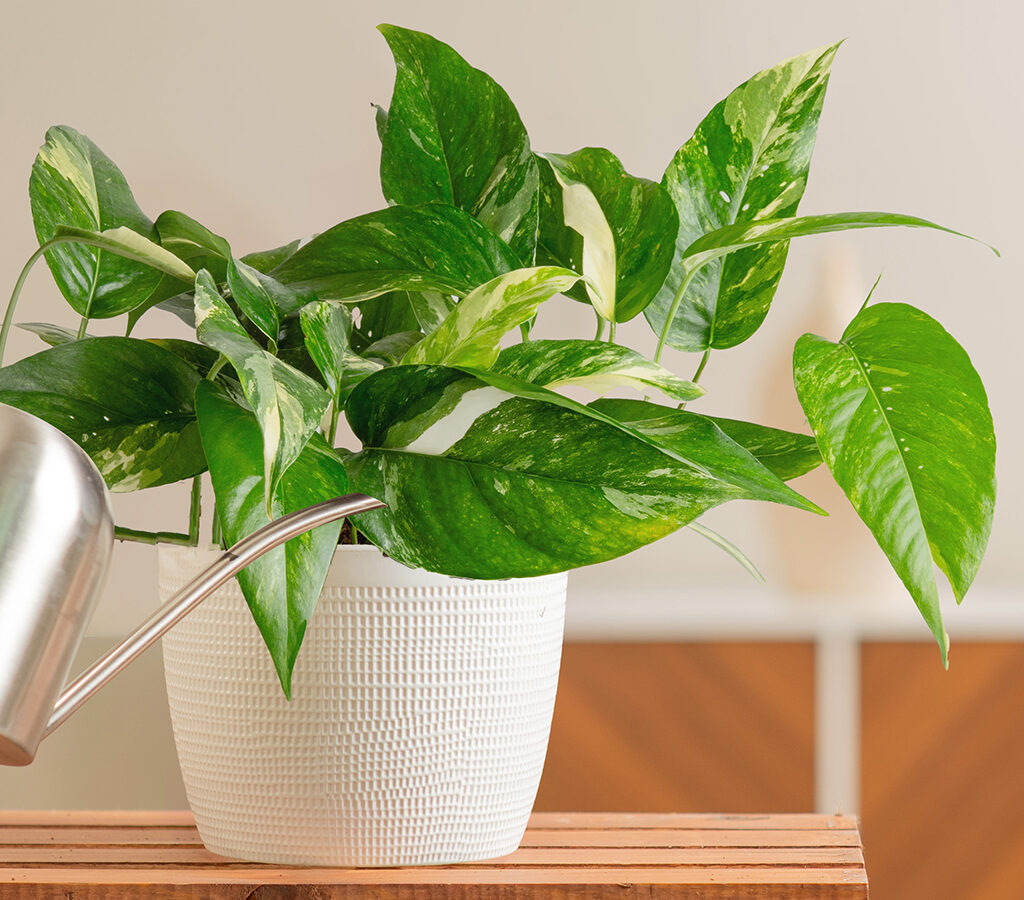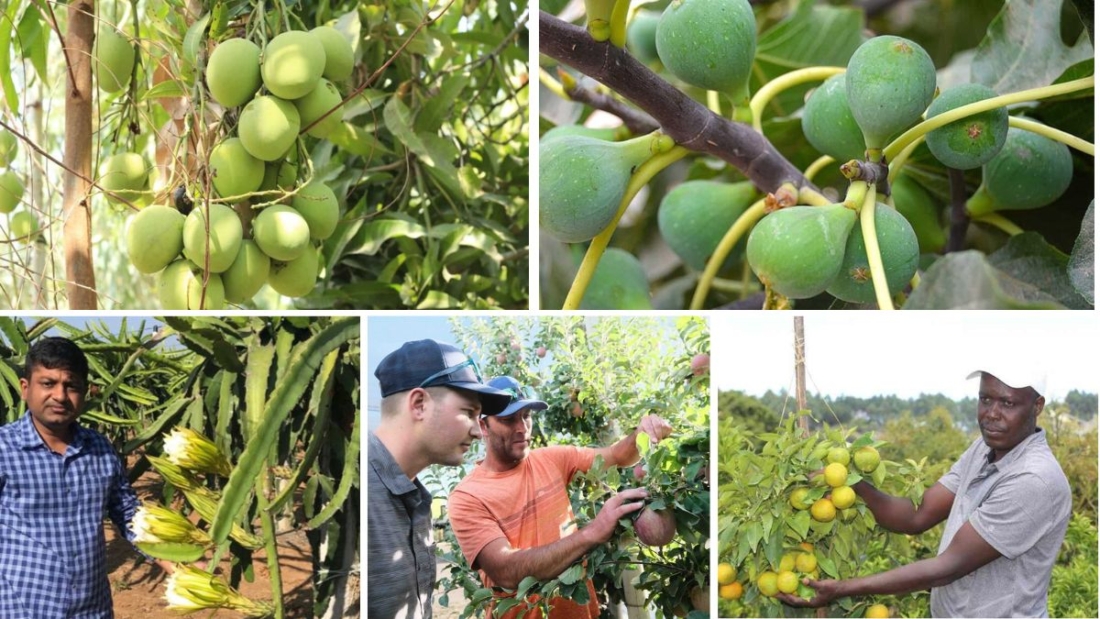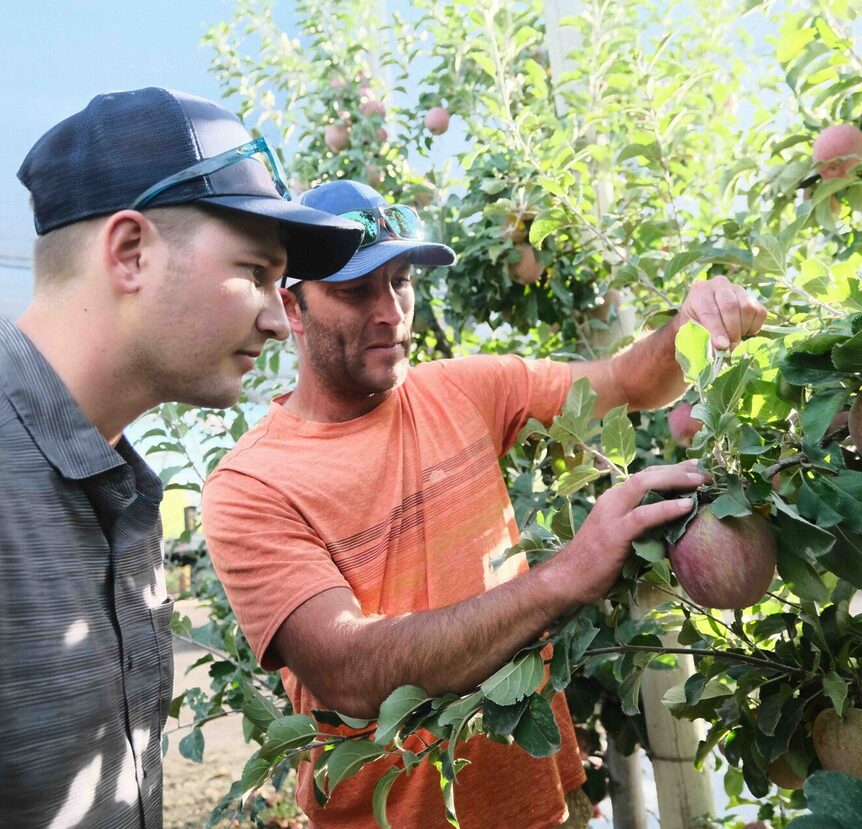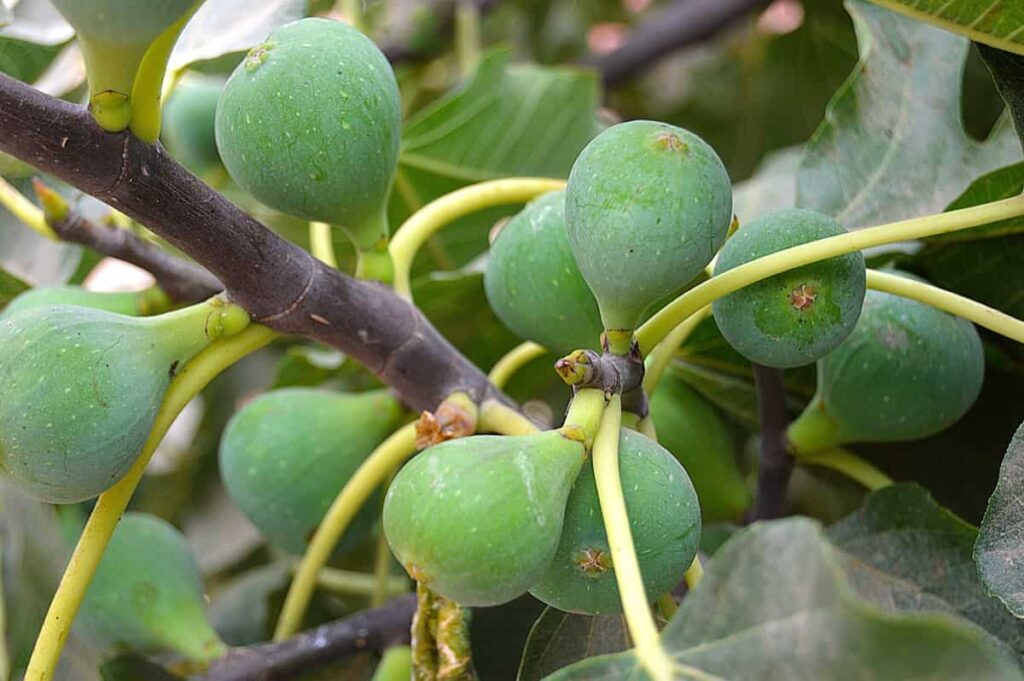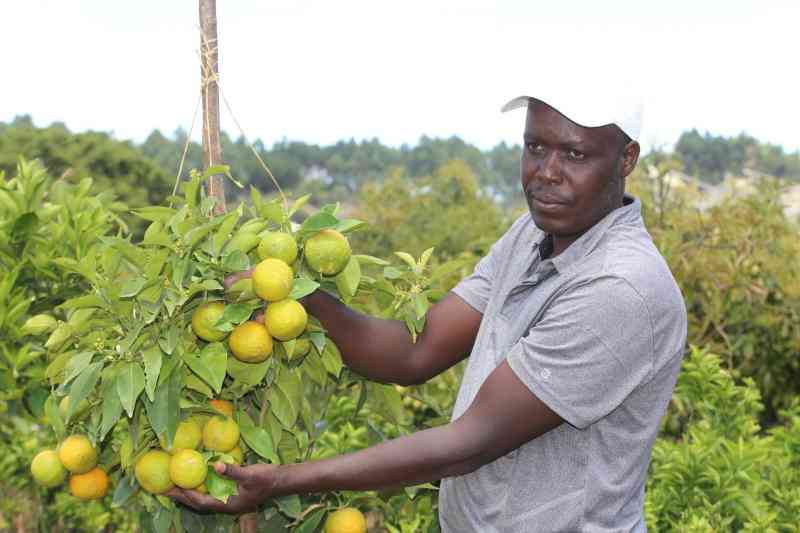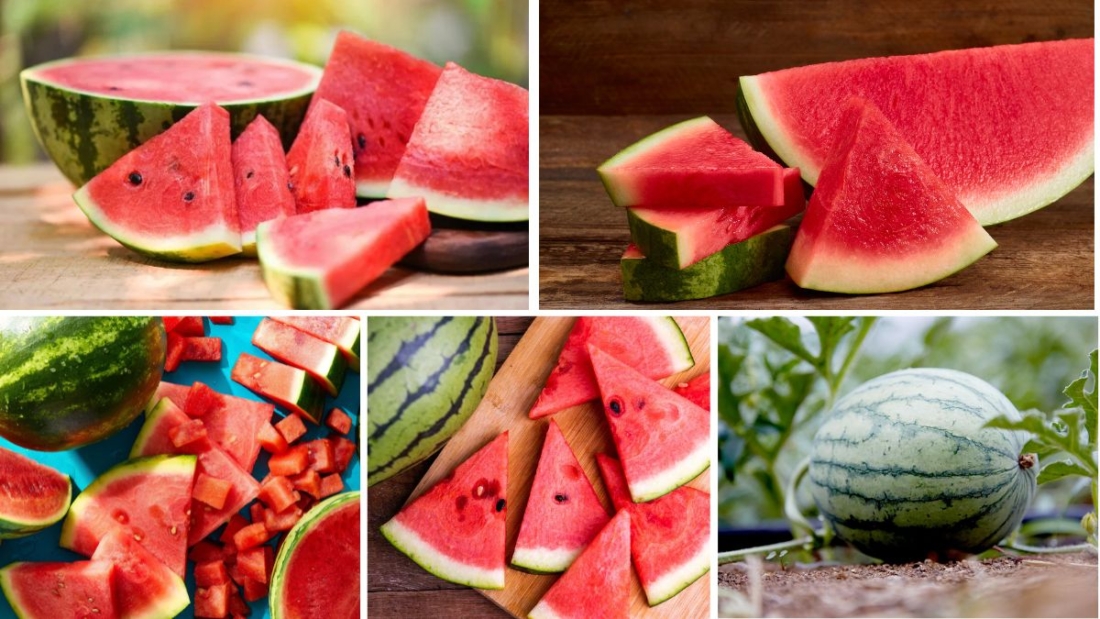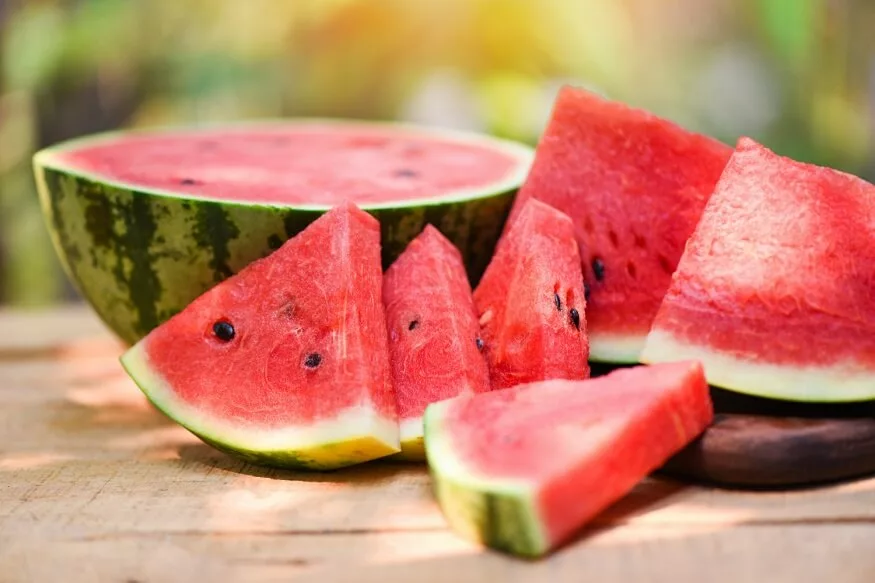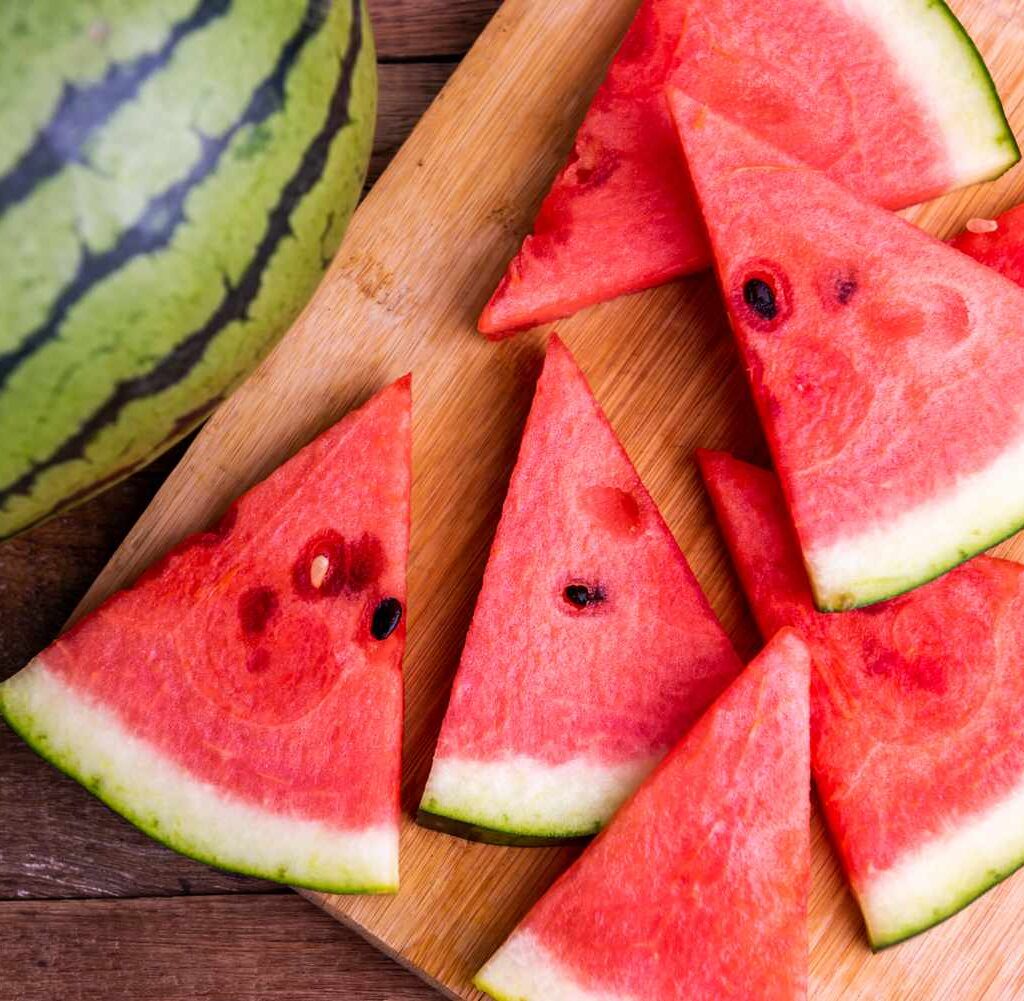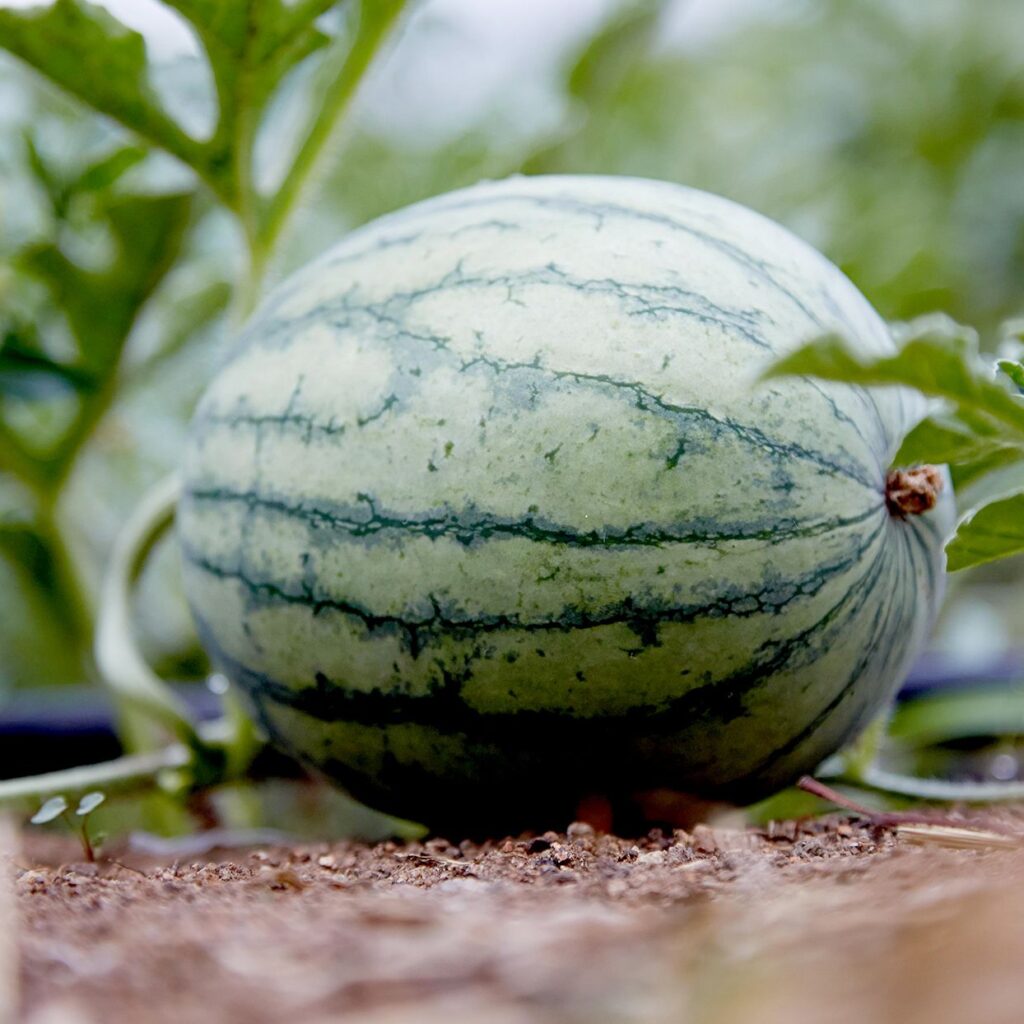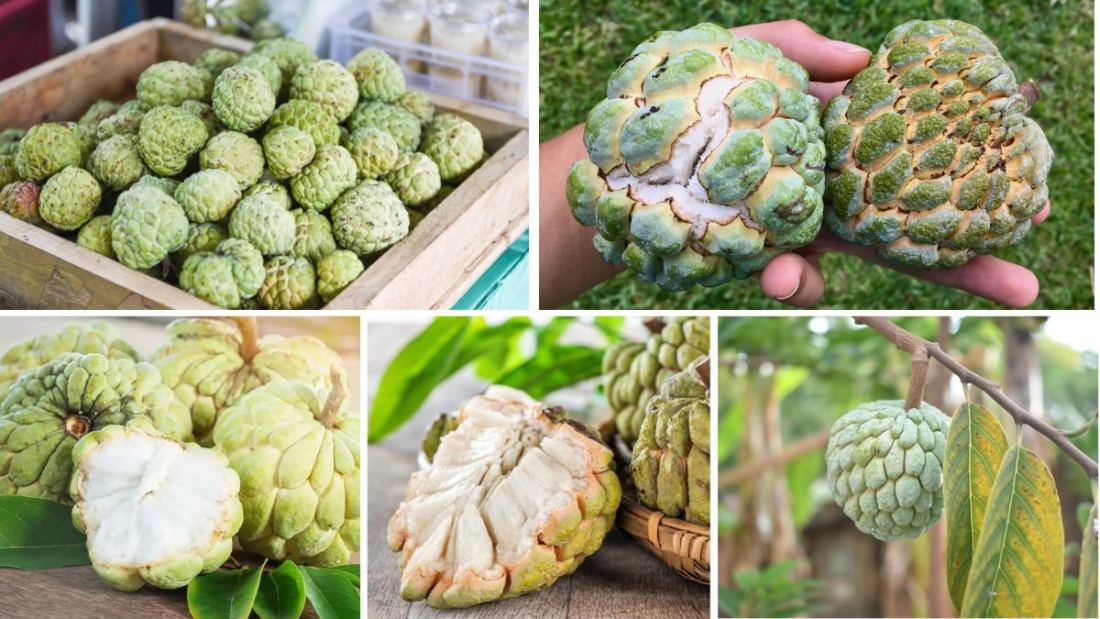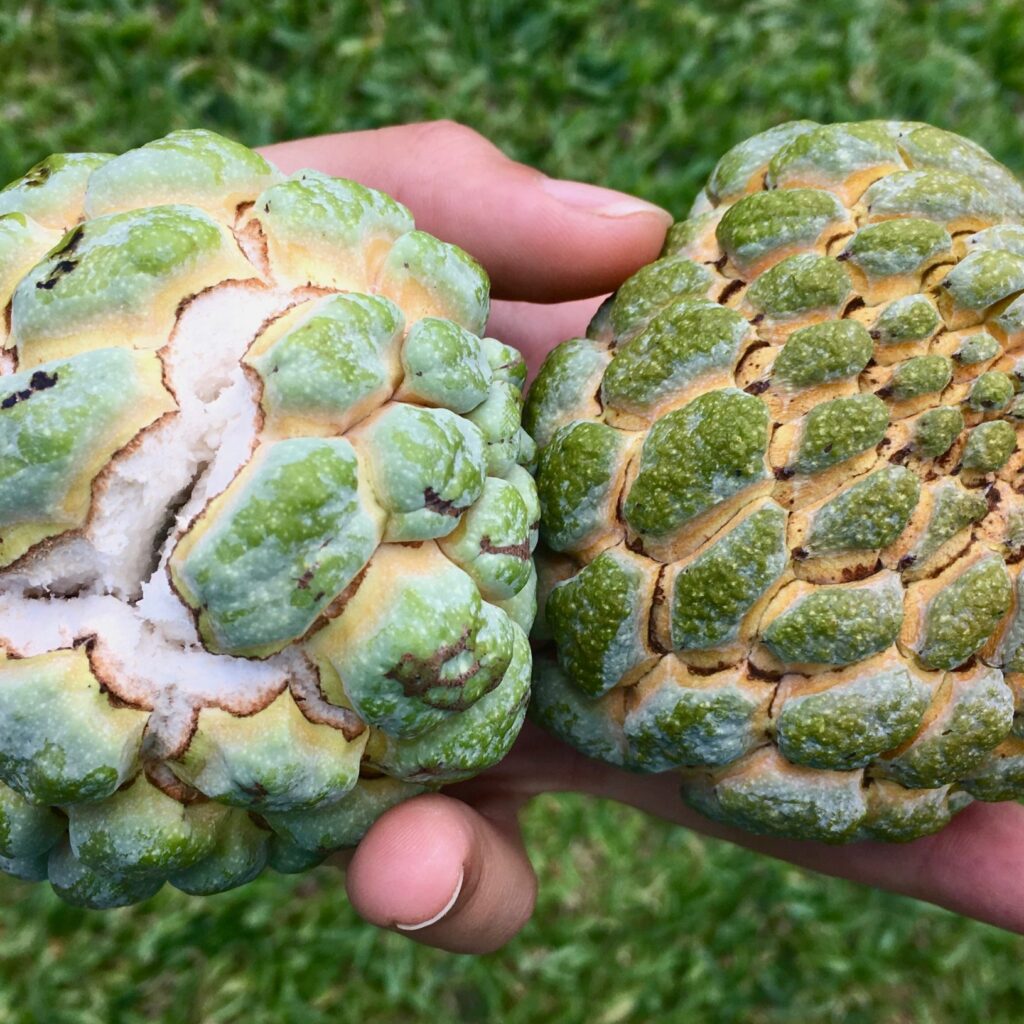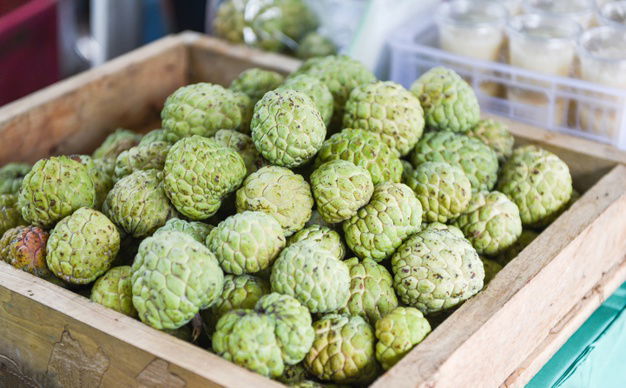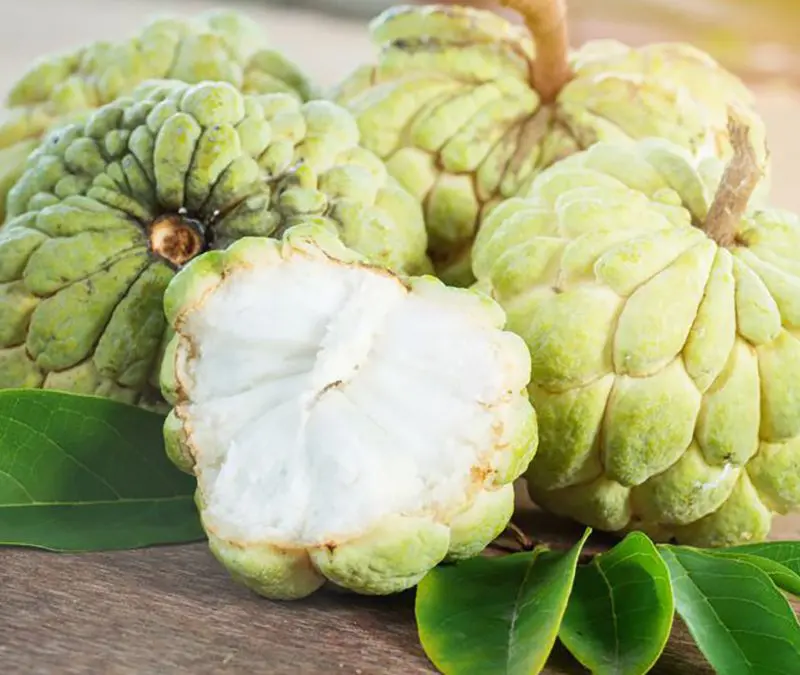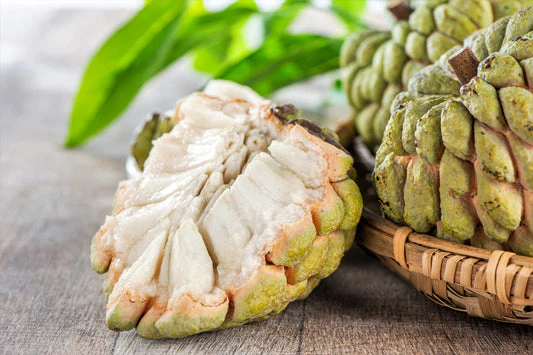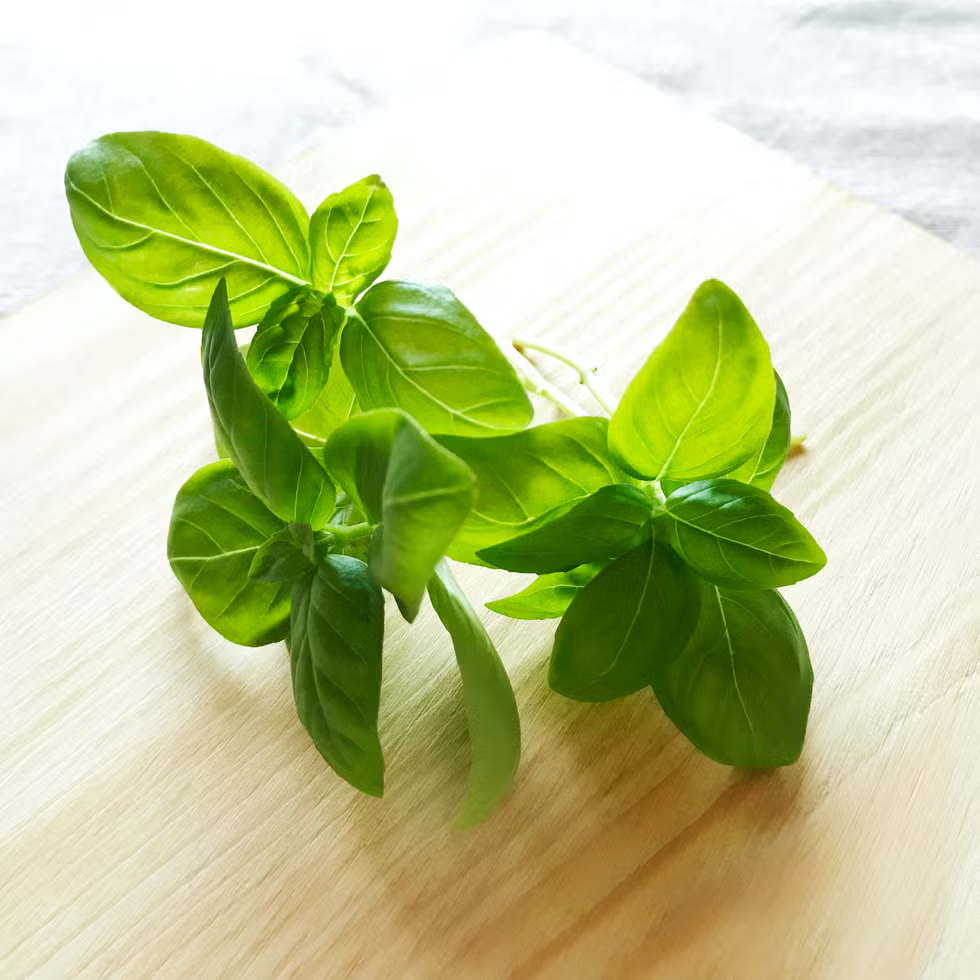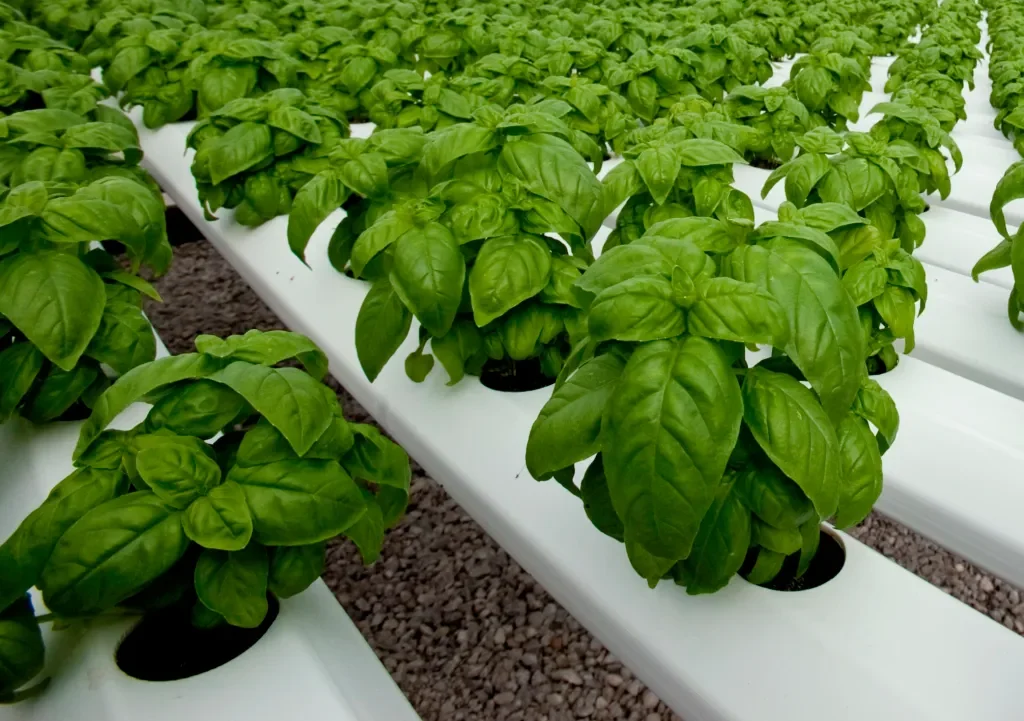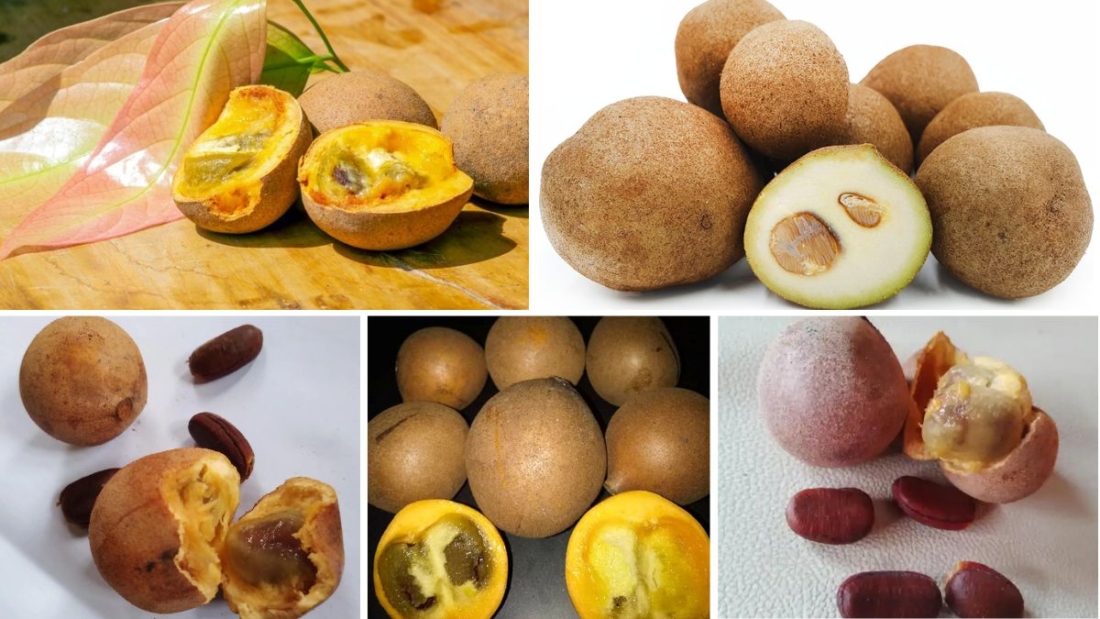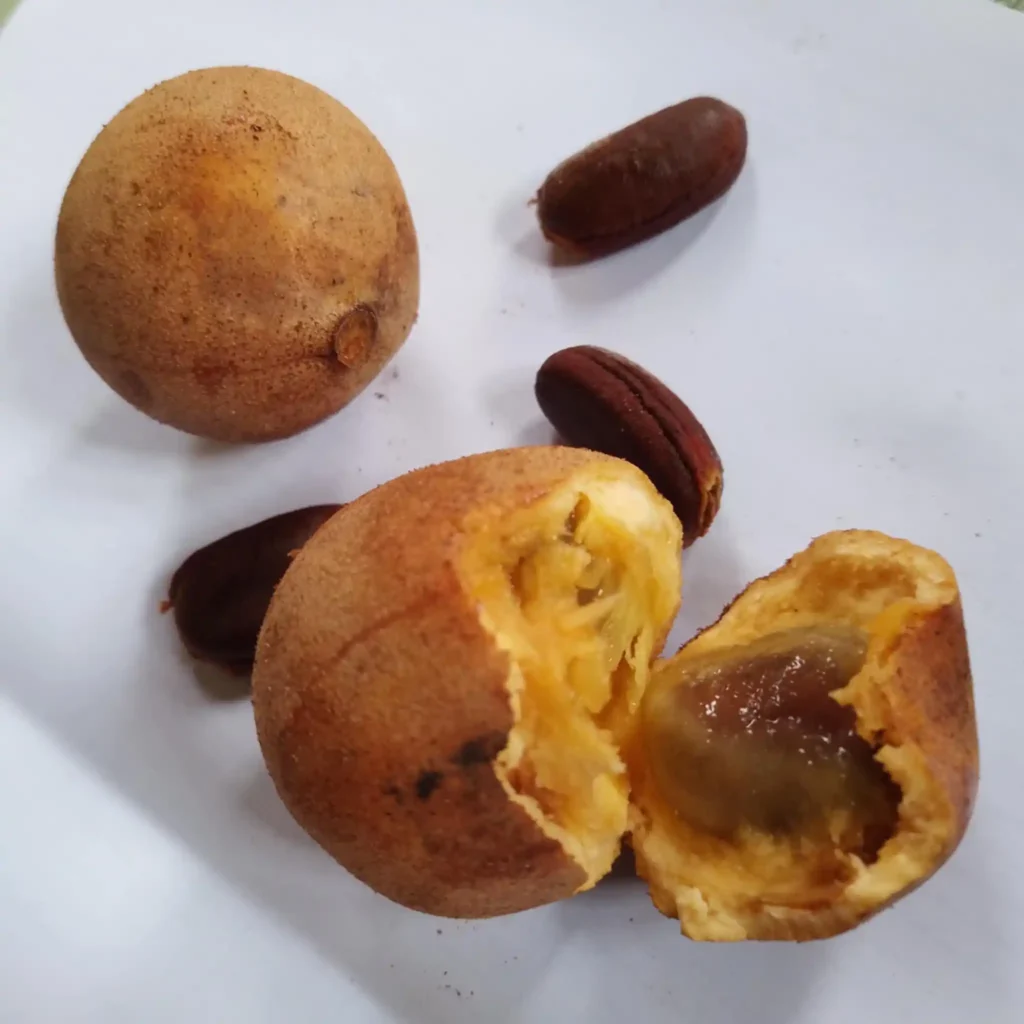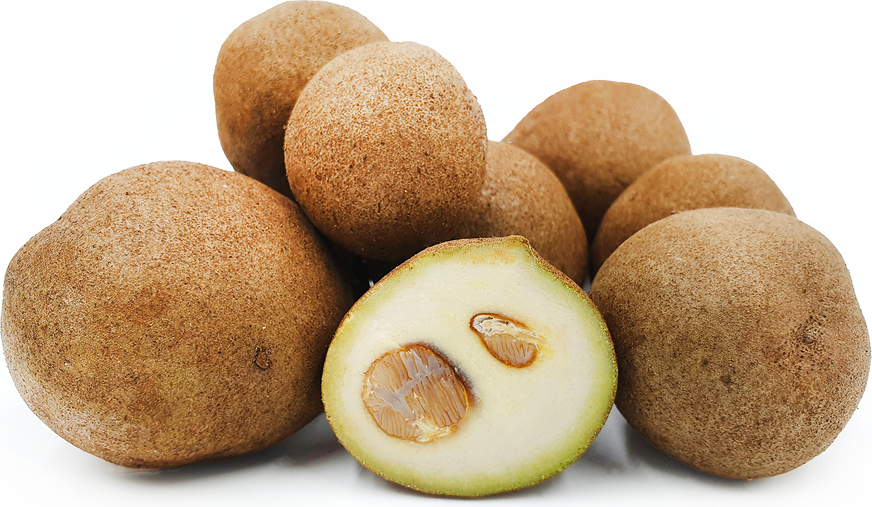As urban living spaces become smaller, creative solutions like vertical gardening are gaining popularity. Vertical gardens maximize limited space while adding greenery, improving air quality, and enhancing the aesthetic appeal of homes. Balconies, in particular, provide an ideal location for vertical gardens, offering natural light, fresh air, and a visible area to showcase lush greenery. Growing a vertical garden on your balcony is both a practical and enjoyable way to cultivate plants, whether you want ornamental flowers, fresh herbs, or small vegetables. This guide provides step-by-step instructions and tips to ensure your balcony vertical garden thrives.
Introduction to Vertical Gardening

Vertical gardening, also called living walls or green walls, involves growing plants upwards rather than spreading them horizontally. By using vertical space, urban dwellers can cultivate a variety of plants even in small areas. Vertical gardens are not only space-efficient but also contribute to mental well-being, reduce indoor temperatures, and can even help filter pollutants from the air.
Benefits of a Balcony Vertical Garden:
- Space Optimization: Ideal for apartments with limited floor space.
- Aesthetic Appeal: Creates a lush green wall that enhances the balcony’s visual charm.
- Improved Air Quality: Plants absorb pollutants and release oxygen.
- Stress Reduction: Interaction with greenery has therapeutic effects.
- Homegrown Produce: Fresh herbs, vegetables, and fruits can be grown vertically.
Step 1: Assess Your Balcony Space

Before starting a vertical garden, evaluate your balcony’s conditions:
- Sunlight Exposure:
- Identify areas receiving full, partial, or minimal sunlight.
- Most vegetables and flowering plants require 4–6 hours of direct sunlight daily.
- Structural Support:
- Ensure your balcony wall or railing can support the weight of pots, planters, or vertical frames.
- Consider lightweight materials like PVC, canvas pockets, or modular vertical planters for easier installation.
- Wind and Weather:
- High-rise balconies may experience strong winds that can damage plants.
- Use windbreakers, railings, or protective nets if necessary.
Step 2: Choose the Right Vertical Gardening System

Various vertical gardening systems are suitable for balcony spaces. Choosing the right system depends on your balcony size, plant types, and budget:
- Wall-Mounted Planters:
- Use pots or containers fixed directly to the wall.
- Ideal for small plants, herbs, and flowers.
- Hanging Pocket Gardens:
- Fabric or felt pockets allow planting of small to medium plants.
- Perfect for herbs and succulents, offering good drainage and space efficiency.
- Freestanding Vertical Frames:
- Ladders or tiered shelving units that hold multiple pots.
- Flexible and easy to relocate for sunlight adjustments.
- Hydroponic Vertical Gardens:
- Soil-less systems using nutrient-rich water for growth.
- Ideal for herbs and leafy greens; requires slightly more maintenance.
Step 3: Select Suitable Plants

Plant selection is critical for a successful balcony vertical garden. Consider light, climate, and maintenance requirements:
- Herbs: Basil, mint, parsley, rosemary, thyme, and coriander grow well vertically and are ideal for culinary use.
- Leafy Greens: Lettuce, spinach, kale, and arugula are fast-growing and thrive in vertical systems.
- Flowering Plants: Petunias, marigolds, begonias, and fuchsias add color and visual appeal.
- Succulents and Cacti: Require minimal watering and are perfect for sunny balconies.
- Climbing Plants: Morning glory, ivy, and sweet peas can cover walls for a lush green backdrop.
Step 4: Prepare Soil and Containers

- Soil Selection:
- Use well-draining potting mix enriched with organic matter.
- For herbs and vegetables, a lightweight, nutrient-rich mix ensures healthy growth.
- Containers:
- Choose pots with proper drainage holes.
- Consider self-watering containers for reduced maintenance.
- Planting Technique:
- Plant taller species at the bottom and shorter ones at the top for even light distribution.
- Ensure sufficient spacing to avoid overcrowding.
Step 5: Watering and Fertilization
Vertical gardens require consistent watering due to their smaller soil volume:
- Watering Schedule:
- Check soil moisture regularly; water when the top inch feels dry.
- Hanging pockets may require more frequent watering due to faster drying.
- Fertilization:
- Use liquid or slow-release fertilizers every 2–4 weeks.
- Organic compost can improve soil fertility naturally.
- Mulching:
- Add a thin layer of mulch to retain moisture and reduce evaporation.
Step 6: Maintenance and Care
Proper maintenance ensures your vertical garden remains healthy and visually appealing:
- Pruning:
- Regularly trim overgrown or dead leaves to encourage new growth.
- Prune flowering plants after blooming to maintain shape.
- Pest Control:
- Inspect plants for aphids, mealybugs, or fungal infections.
- Use natural remedies like neem oil or insecticidal soap.
- Rotation:
- Rotate plants periodically to ensure even sunlight exposure.
- Cleaning:
- Remove fallen leaves and debris to prevent disease.
- Wipe containers to maintain aesthetics and hygiene.
Step 7: Maximizing Sunlight and Ventilation
- Sunlight: Place your vertical garden where plants receive sufficient natural light. Use reflective surfaces to amplify light in shaded areas.
- Ventilation: Proper airflow reduces fungal growth and strengthens plant structure. Avoid overcrowding plants.
Step 8: Creative Design Ideas
Vertical gardens are also a design statement:
- Layered Color Scheme: Alternate flowers and foliage with contrasting colors for visual appeal.
- Herb Wall: Group culinary herbs in one vertical system for functional beauty.
- Succulent Art: Create patterns with succulents to form shapes or symbols.
- Hanging Pots: Mix hanging and wall-mounted pots to create depth and texture.
- Climbing Frames: Use trellises for climbing plants to cover bare walls creatively.
Common Mistakes to Avoid
- Neglecting Drainage: Poor drainage leads to root rot and plant death.
- Overcrowding Plants: Overcrowding reduces airflow and light penetration.
- Ignoring Seasonal Changes: Adjust watering, sunlight, and fertilization according to seasons.
- Using Heavy Materials: Avoid overly heavy pots that may stress balcony railings or walls.
- Inconsistent Care: Vertical gardens require regular attention; neglecting watering or pruning can compromise growth.
Conclusion
Growing a vertical garden on your balcony is a rewarding and space-efficient way to bring greenery into your living space. By carefully selecting plants, choosing the right vertical system, and providing consistent care, you can create a thriving, vibrant garden even in limited space. Key factors include evaluating sunlight, ensuring proper soil and drainage, maintaining consistent watering, and performing regular maintenance.
In summary: plan your layout, choose suitable plants, water appropriately, and maintain your vertical garden diligently. A well-maintained balcony vertical garden not only enhances the beauty of your home but also improves air quality, reduces stress, and provides fresh herbs and vegetables. Vertical gardening transforms even the smallest balcony into a lush, green sanctuary.




